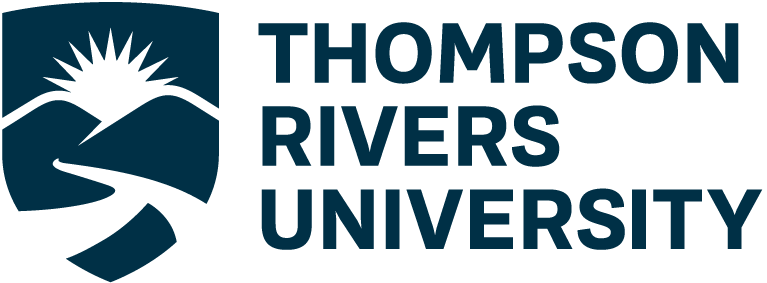Video Lectures
Popular instructional videos have such different styles, and there is no consensus in research about how to make the most effective instructional videos (Renkl, 2021). Videos can differ in whether or not we can see the instructor, presenting text as spoken and/or printed, and the overall layout. Sometimes, the layout is dependent on the topic. Math courses often have worked examples, and topics in the humanities may be presented as narratives. Table 1 is a non-exhaustive list of videos from well-received YouTube channels.





